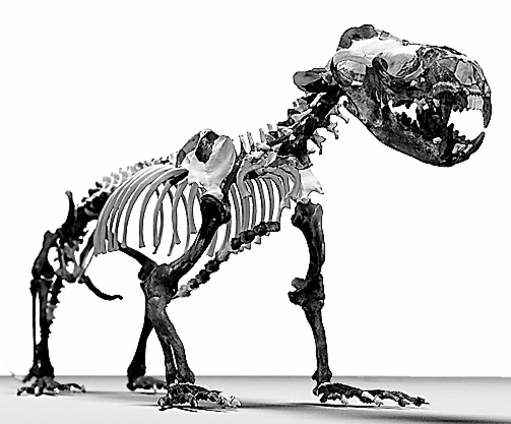Otter-like fossil may be missing link in seal evolution
Published 5:00 am Friday, April 24, 2009

- A 3-D reconstruction shows the fossil skeleton of the Puijila darwini, an otter-like creature found on Devon Island in the Canadian Arctic.
NEW YORK — Scientists say they’ve found a missing link in the early evolution of seals and walruses — the skeleton of a web-footed, otter-like creature that was evolving away from a life on land.
Those feet and other anatomical features show an early step on the way to developing flippers and other adaptations for a life in the sea, the scientists said.
Trending
One expert called it “a fantastic discovery” that fills a crucial gap in the fossil record.
The 23 million-year-old creature was not a direct ancestor of today’s seals, sea lions and walruses, a group known collectively as pinnipeds. It’s from a different branch. But it does show what an early direct ancestor looked like, said researcher Natalia Rybczynski.
The fossil was found on Devon Island in the Canadian Arctic, bolstering the notion that the far north was an early center of pinniped evolution, she said.
Rybczynski, a researcher at the Canadian Museum of Nature in Ottawa, and colleagues from the U.S. reported the find in Thursday’s issue of the journal Nature.
They named the creature Puijila darwini. That combines an Inuit word for “young sea mammal,” often a seal, with an homage to Charles Darwin, who wrote that a land animal “by occasionally hunting for food in shallow water, then in streams or lakes, might at last be converted into an animal so thoroughly aquatic as to brave the open ocean.”








